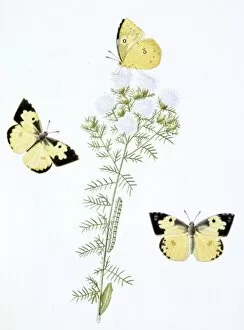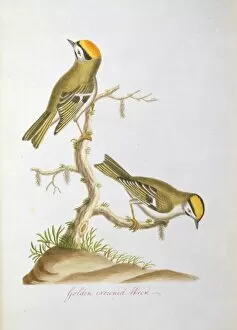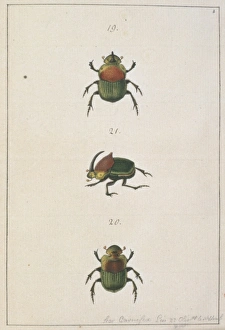John Abbot Collection
John Abbot was a renowned naturalist and artist who dedicated his life to studying and documenting the fascinating world of insects
All Professionally Made to Order for Quick Shipping
John Abbot was a renowned naturalist and artist who dedicated his life to studying and documenting the fascinating world of insects. His passion for entomology led him to discover and describe numerous species, including the striking Aix sponsa, also known as the Wood duck. Abbot's keen eye for detail is evident in his exquisite artwork, such as his depiction of the elusive Camberwell beauty butterfly (artwork C016 / 5543). He captured its delicate wings with precision, showcasing its vibrant colors and intricate patterns. Among Abbot's notable contributions is his study on the Ectopistes migratorius, commonly known as the Passenger pigeon. Through meticulous observation, he unraveled secrets about their behavior and migration patterns that were previously unknown. His expertise extended beyond butterflies and pigeons; Abbot also documented various species of Papilio butterflies. From the black streaked little yellow butterfly to the clouded yellow butterfly and even a stunning red butterfly featured in No. 44 Papilio Vol. 6 plate 62 (credited to Abbot J), he left no stone unturned when it came to exploring their diversity. Abbot's tools of trade included a carpenter's square for precise measurements, an ink-line or chalk line for accuracy in sketching specimens, and markers for highlighting important details during fieldwork. His dedication knew no bounds as he meticulously cataloged insects found in Georgia through works like "Insects of Georgia. " This comprehensive collection showcased not only beautiful butterflies but also lesser-known creatures like Palilio Erebus (No. 179 & 180) - testament to his commitment towards understanding every aspect of nature. John Abbot's legacy lives on through his remarkable illustrations that continue to inspire scientists today. His contribution has not only enriched our knowledge about these enchanting creatures but also serves as a reminder of how one person can make an indelible mark on scientific exploration.

























